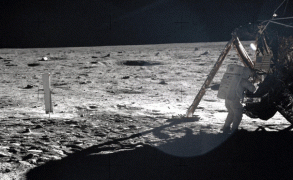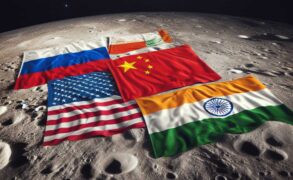
Who owns the Moon?
In 1967, the United Nations adopted the “Outer Space Treaty”, according to which no nation can claim sovereignty over outer space. It also stated that the Moon and other heavenly bodies are to…
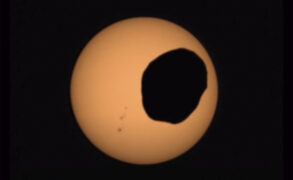
Do other planets have solar eclipses?
Do the other Solar System planets also experience total and partial solar eclipses like the ones we witness on Earth? The answer is yes: solar eclipses frequently happen throughout the Solar System. A…

Teaching humans to hibernate
The idea of making astronauts hibernate on long space missions often appears in science fiction, but now it is one step closer to reality. Scientists from the University of Tsukuba in Japan have…
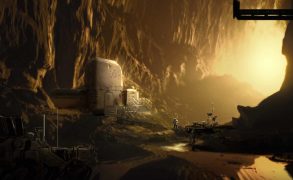
Martian colonists could live in ancient volcanic lava tunnels
Scientists have discovered the safest place to build a permanent base on Mars: lava tunnels created by volcanoes that are now extinct. Unlike Earth, Mars does not have a magnetic field that protects…
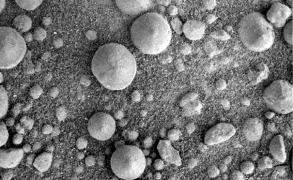
“Blueberries” could be key to Martian life
It’s unlikely that anything still lives on Mars today, but anything that was around millions or even billions of years ago might have left a few traces behind.
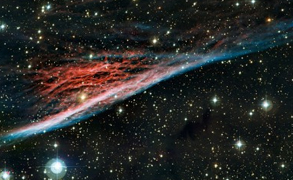
Beautiful wreckage left by a supernova explosion
It is not a pencil. It is not a celestial quidditch broom. It is a beautiful nebula formed 11,000 years ago after the violent death of a star.
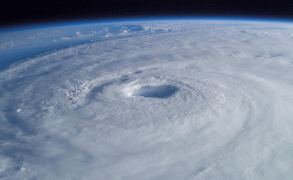
Viewing tropical storms and other natural disasters from space
Australia receives an average of 13 cyclones a year, while the US might see up to 20. Every one of these destructive storms varies in their life cycles, intensity, movement, size and impacts such…
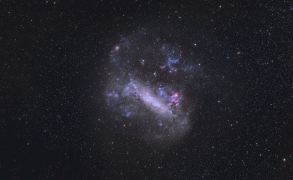
The Milky Way has a twin
Or maybe even two…scientists have found a group of galaxies that look just like ours.


